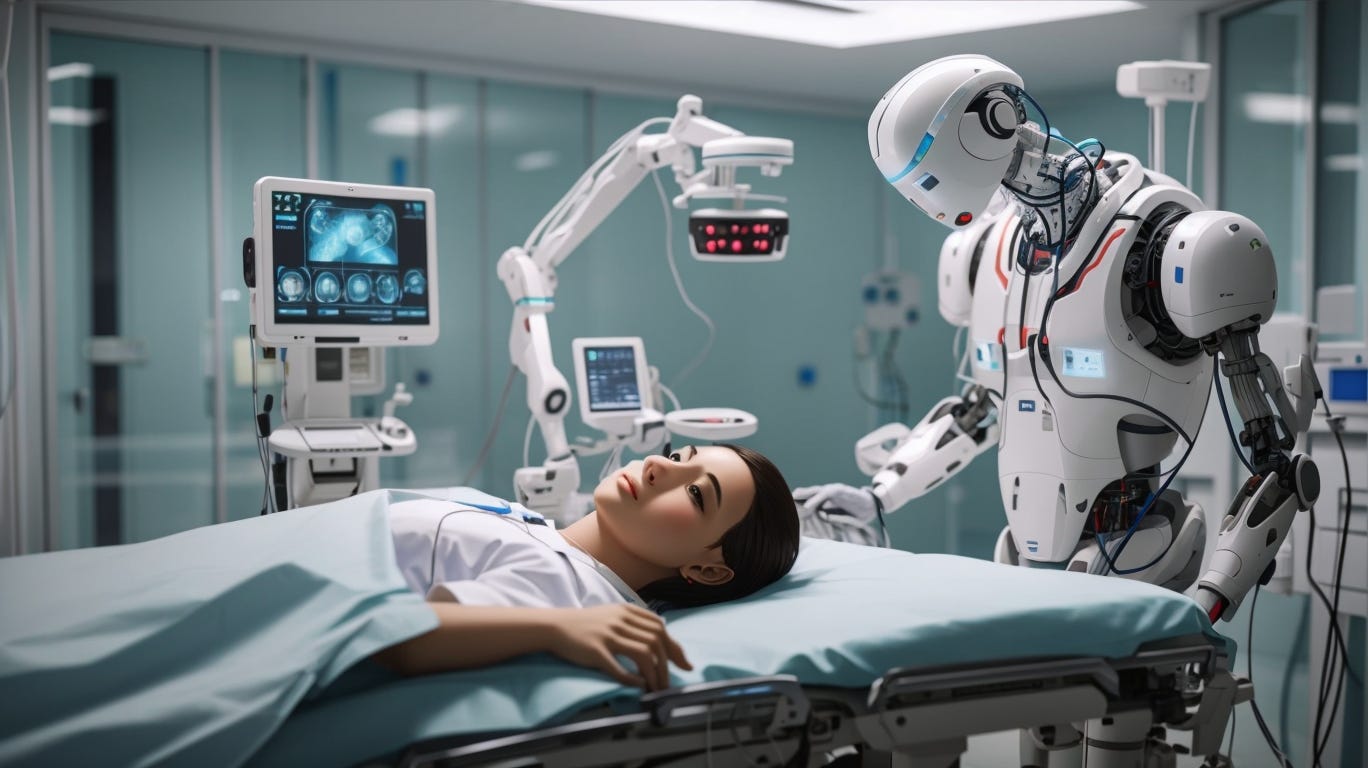Back pain is a common health problem that affects millions of individuals worldwide, with serious consequences for quality of life and productivity. Whether acute or chronic, back pain can disrupt everyday activities, limit mobility, and cause significant discomfort. While there are several treatment choices available, determining the most effective pain reliever for back pain is critical for attaining comfort and enhancing overall health. Aspadol 100 mg stands out as a viable choice due to its powerful analgesic characteristics and dual mode of action. This article will go into the origins, symptoms, diagnosis, and treatment of back pain, with a particular emphasis on the efficacy and advantages of Aspadol 100 mg.
Understand back Pain:
back discomfort can occur in several areas of the spine, including the cervical (neck), thoracic (upper back), lumbar (lower back), and sacral regions. The most common causes of back discomfort are:
Muscle Strain or Sprain:
Overuse, poor lifting skills, or abrupt movements can strain or sprain the muscles and ligaments that support the spine, resulting in severe back discomfort.
Disc Herniation:
The intervertebral discs serve as cushions between the vertebrae. Herniation or bulging of these discs can compress adjacent nerves, resulting in discomfort radiating into the buttocks and legs (sciatica).
Degenerative Disc Disease:
Wear and strain on the intervertebral discs over time can cause degenerative changes, resulting in persistent back discomfort, stiffness, and limited mobility.
Spinal stenosis occurs when the spinal canal or neural foramina narrows, compressing the spinal cord or nerve roots and causing symptoms such as back and leg pain, numbness, or paralysis.
Osteoarthritis:
Degenerative changes in the facet joints or vertebral bodies can cause inflammation, stiffness, and discomfort in the spine.
Spondylolisthesis: When one vertebra is displaced forward over another, the spinal nerves become unstable and compressed, causing back discomfort and neurological problems.
Back Pain Diagnosis:
To determine the underlying cause of back pain, a thorough evaluation is required, which includes a full medical history, a physical examination, and, in many cases, diagnostic imaging techniques such as X-rays, CT scans, or an MRI. Additional tests, such as nerve conduction studies or electromyography, may be required in some circumstances to evaluate nerve function and pinpoint particular nerve involvement.
Treatment Options For Back Pain:
Treatment for back pain seeks to relieve symptoms, enhance function, and address the underlying cause. Treatment methods for back pain may vary depending on its degree and length.
Pain relievers:
Over-the-counter pain relievers such as acetaminophen, nonsteroidal anti-inflammatory medicines (NSAIDs), and muscle relaxants may help with mild to severe back discomfort.
Physical therapy includes exercises, stretching, and manual treatments that can help improve strength, flexibility, and posture, lowering the likelihood of recurring back pain episodes.
Heat or Cold Therapy:
Applying hot or cold packs to the afflicted area might help relieve the pain and inflammation caused by acute back pain.
Epidural Steroid Injections:
In severe or chronic back pain, epidural steroid injections may be used to give anti-inflammatory medicine directly to the afflicted nerve roots.
Surgical procedures, such as discectomy, laminectomy, or spinal fusion, may be considered for severe disc herniation, spinal stenosis, or spinal instability.
Aspadol 100 mg in the treatment of back pain:
Aspadol 100 mg, also known by the generic name tapentadol, is a centrally-acting analgesic having both opioid and nonopioid characteristics. It has analgesic effects by binding to mu-opioid receptors in the central nervous system and blocking norepinephrine reuptake, hence altering pain transmission and perception.
Clinical studies have shown that Aspadol 100 mg is effective for the treatment of a variety of pain disorders, including acute and chronic pain. Its dual method of action delivers strong analgesia while potentially reducing the adverse effects associated with typical opioids, such as respiratory depression and constipation.
In the context of back pain, Aspadol 100 mg has numerous possible benefits:
Aspadol 100 mg provides good pain relief, making it appropriate for addressing moderate to severe back pain that does not react well to other drugs.
Reduced Risk of Respiratory Depression:
Aspadol 100 mg is less likely to cause respiratory depression than typical opioids, making it potentially safer for patients, particularly those with underlying respiratory disorders.
Back pain can be caused by both nociceptive (tissue damage) and neuropathic (nerve injury or dysfunction) components. Aspadol’s dual mode of action allows it to treat both types of pain and provide complete relief.
However, it is important to take Aspadol 100 mg cautiously and under the supervision of a healthcare practitioner. Aspadol 100 mg may cause nausea, constipation, dizziness, drowsiness, and respiratory depression, however, symptoms are usually less severe than with typical opioids.
Conclusion:
Back pain is a frequent and debilitating ailment that can have a substantial influence on one’s quality of life. Effective therapy necessitates a multifaceted strategy that treats the root cause of pain while offering symptomatic alleviation. Aspadol 100 mg, with its dual mode of action and demonstrated efficacy in controlling many forms of pain, is an important alternative in the treatment of back pain. However, its usage should be tailored to the patient’s features, comorbidities, and risk factors, with close monitoring for any side effects. Healthcare practitioners can enhance outcomes and quality of life for people suffering from back pain by using prudent and thorough pain treatment measures.







